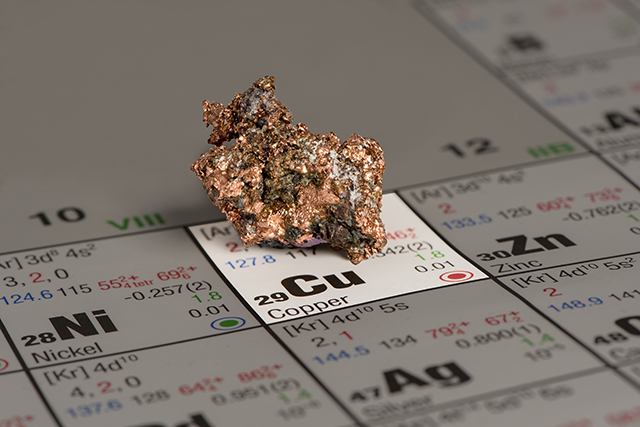
In a major breakthrough, a team of researchers from the US and the UK examined the hearts of more than 160 adult men. For comparison, the group also looked at the hearts of adult male chimpanzees, humans’ closest living relatives in terms of genetic characteristics.
Their findings revealed that humans have evolved to adapt to endurance. In particular, the human participants bore clear differences in terms of the structure of their left ventricle, the thickest of the heart’s four chambers. Those that ran and farmed more often had elongated ventricles that boosted blood circulation.
On the other hand, those that sat for long periods and lacked exercise had thicker ventricles that gave the appearance of rounder hearts. This form of cardiac evolution makes it harder for people to manage high blood pressure and heart disease, the researchers explained.
That being said, the researchers emphasized that changes in heart shape are reversible. Engaging in endurance activities like distance running could help revert the heart back to its normal shape. Their findings appeared online in the journal Proceedings of the National Academy of Sciences (PNAS).
Sitting – or running – can change the shape of the heart
To get to the heart of the matter, the researchers used ultrasound imaging to examine the hearts of both the human participants and chimpanzees.
The adult male participants had been grouped into four: long-distance runners; resistance-trained football linemen; the Tarahumara, a group of indigenous farmers hailed for their long-distance running abilities; and sedentary adults.
The researchers found that the long-distance runners and the Tarahumara had thin and elongated ventricles. These characteristics help facilitate the pumping of larger volumes of blood for longer periods.
These groups could have evolved to develop these characteristics as a result of their frequent running activities. Long-distance running, or endurance running, is aerobic in nature, meaning it is intended to stimulate the heart and increase breathing.
Over time, frequent running can help the heart become stronger. In effect, a stronger heart becomes more efficient at pumping and distributing blood. This helps keep blood pressure under control for the long term.
In contrast, the football linemen had shorter and thicker left ventricles, giving the heart a more rounded look. This modified shape helped boost the blood circulation in their brain in order to better maintain consciousness during high-intensity activities.
The last group of participants, those that lacked exercise, had hearts that bore the same rounded shape as those of the football linemen. But unlike the linemen, these participants appeared to have developed the thickening of the left ventricle and, in effect, the same shape, due to a lack of exercise.
These forms of cardiac evolution could have helped ancient humans hunt, farm and gather better. But this means that ancient humans did not face the same problems of high blood pressure and heart disease because of their active lifestyles and their regular engagement in physically demanding activities.
In contrast, today’s modern industrial societies face an unprecedented prevalence of high blood pressure and its complications, such as heart failure and stroke, because people are leading less active lives. (Related: Leading sedentary lifestyle just as deadly as smoking, say researchers.)
Heart disease and its related complications are reversible
Despite these findings, the researchers are hopeful that the detrimental effects of cardiac changes due to a lack of exercise could still be reversed. In fact, several studies emphasize the importance of proper exercise in reversing damage to sedentary hearts.
In 2018, for instance, researchers from the University of Texas Southwestern Medical Center and the Texas Health Presbyterian Hospital Dallas found that starting an exercise regimen before the age of 65 could help reduce the risk of heart failure in later life.
The heart is still flexible enough to remodel itself prior to hitting 65, said the researchers. Therefore, it’s important to make the most out of this window before the heart muscle starts to stiffen and high blood pressure, as well as heart failure, sets in.
But there are some caveats. For one thing, the regimen should include exercising four to five times a week in 30-minute sessions, including warm-up and cool-down periods. The group settled on this prescription after earlier studies found that two to three times of exercise a week wasn’t enough to produce significant benefits.
Read more articles about preventing and reversing heart disease at HeartDisease.news.
Sources include:
Please contact us for more information.























